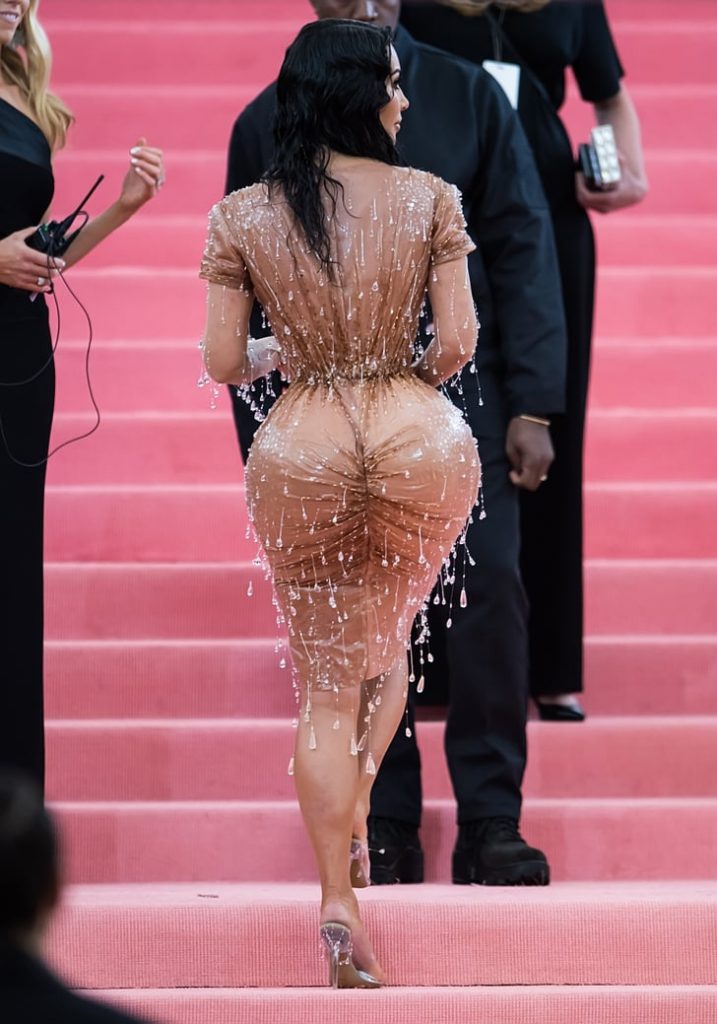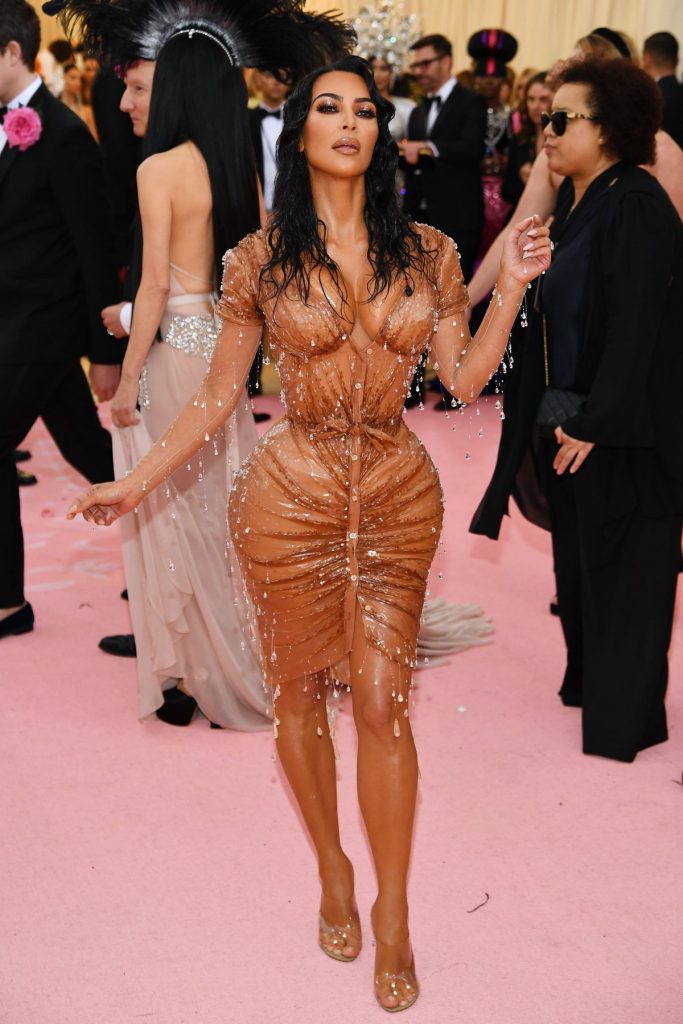I read the article “Street and Youth Fashion in Japan” by Christy Tidwell (linked below.) The article goes into depth about many of the fashion trends that began emerging in the Harajuku district of Tokyo, Japan around the 1980s. These styles focused on tradition-breaking and DIY fashion.
One of the things that interested me most was the “borrowing” of other cultural styles in Harajuku street culture. Many styles mentioned include the use of things such as American toy and military wear. More controversially, some Harajuku trends aim to appropriate cultures associated with specific ethnic groups, such as hip-hop or Cholo style. Because these styles were originally born out of a specific cultural setting and associated with the struggle of their respective ethnic groups, the adoption of these styles could be seen as inappropriate or at least shallow. The article also makes a point to recognize the natural impulse to label the fascination with Western products as a form of imperialism, but challenges that by noting that most Japanese youth wearing such items are not doing so to connect with the meaning that the items carry in the united states. For example, those wearing military items do not do so to express an appreciation for military endeavors. Many who experiment with Japanese streetwear styles do so to challenge Japanese traditions, so the use of Western and other foreign items could just be a tool address issues in Japan itself, not to attempt to distance oneself from their own culture.

